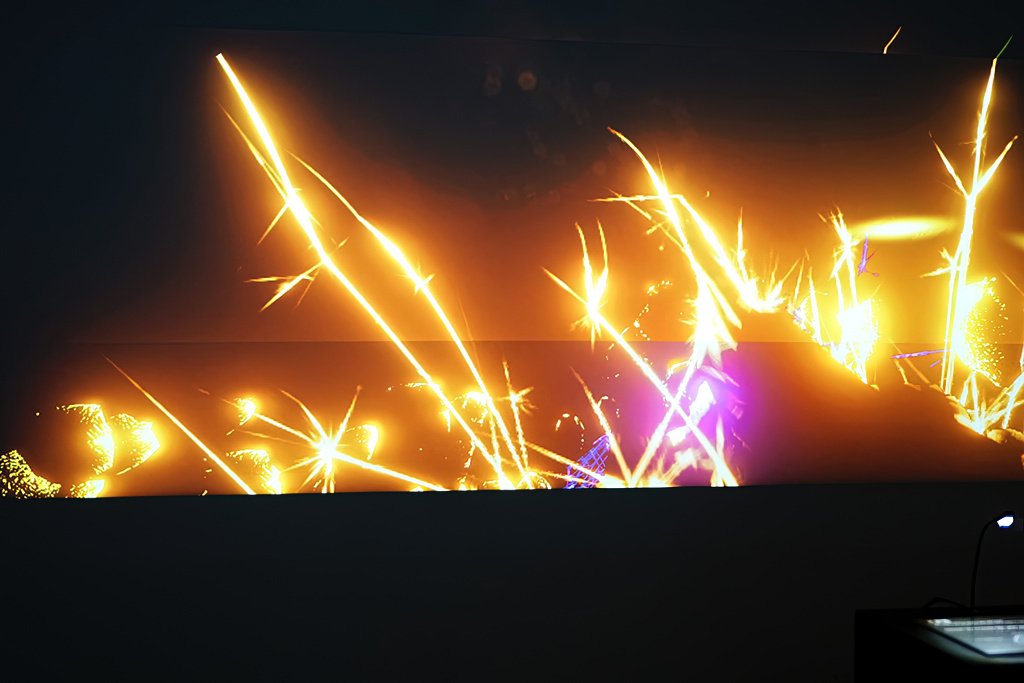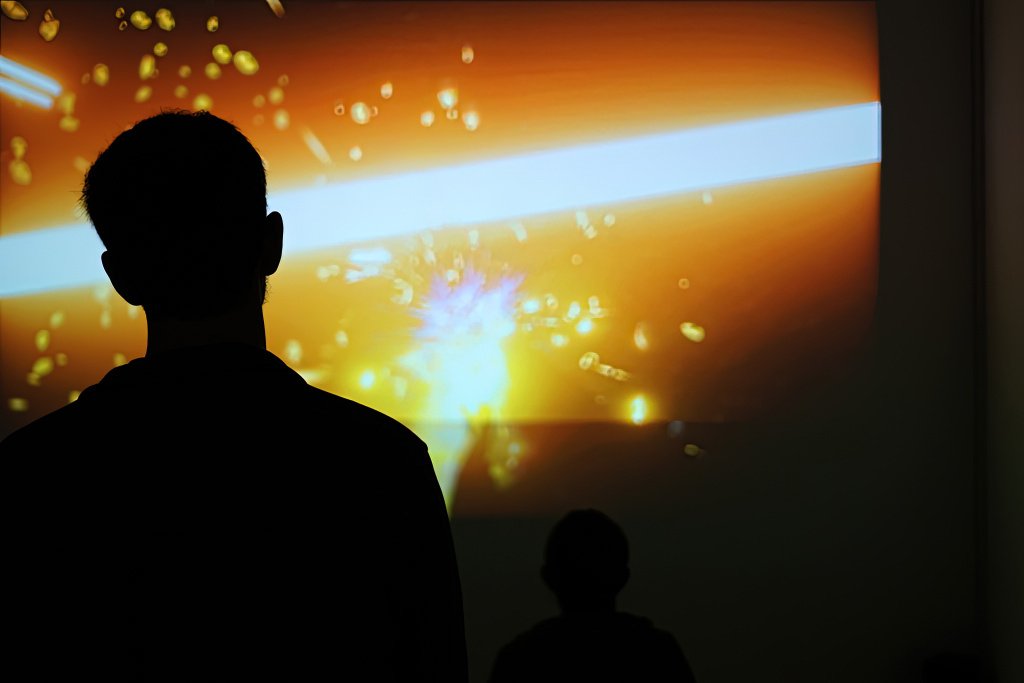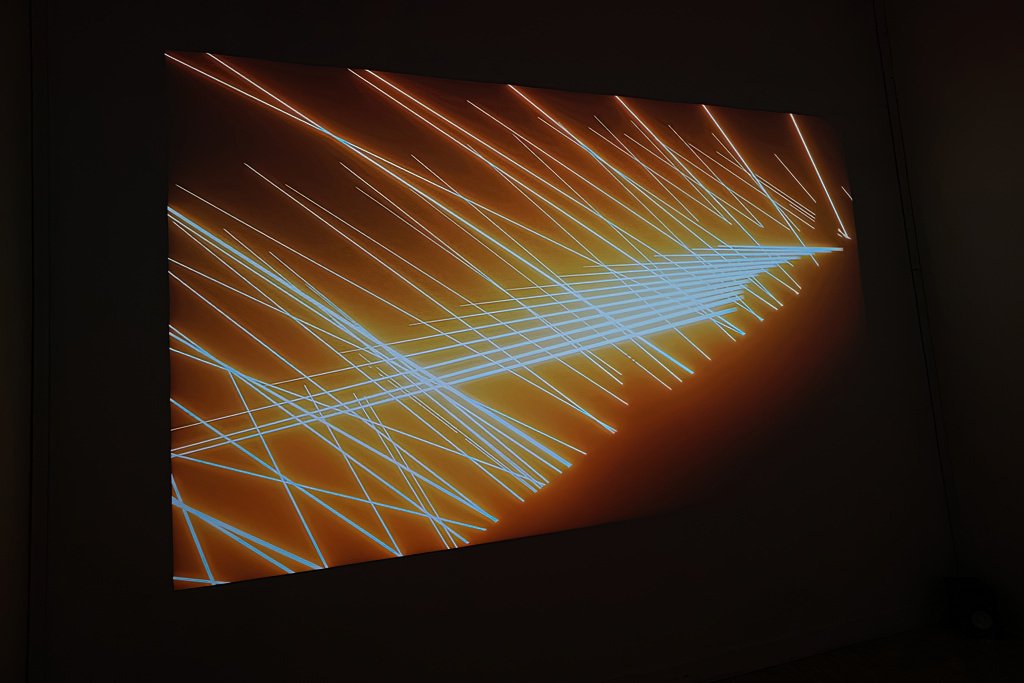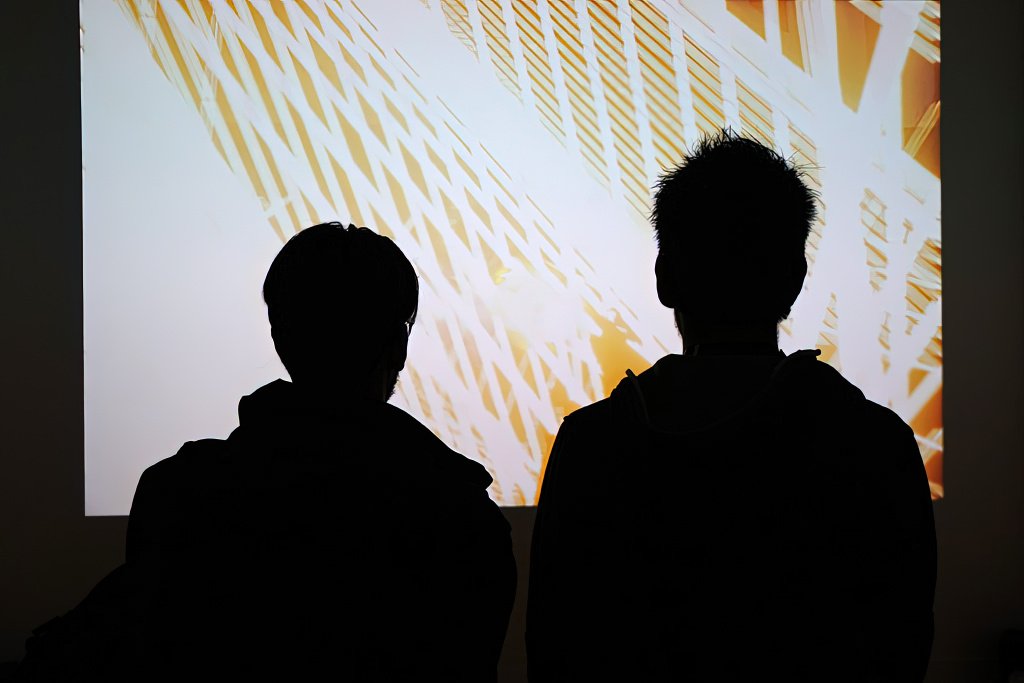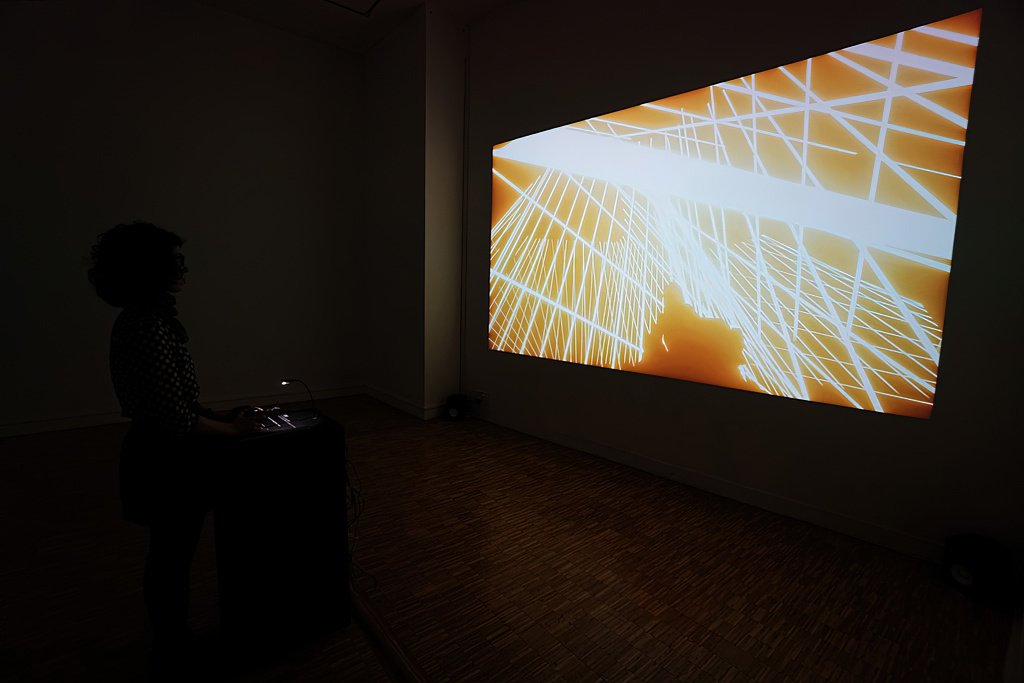VRAL is currently showcasing Filip Kostic’s 2019 game video Filip Kostic VS. Filip Kostic in a brand new format. Today, we present his 2020 follow up, Running at Frame Rate, which explores the tangible ramifications of computational prowess and the relentless pursuit of photorealism made possible by game-based tools like the Unreal Engine.
PATREON-EXCLUSIVE CONTENT
〰️
PATREON-EXCLUSIVE CONTENT 〰️
Running at Frame Rate examines the fraught relationship between computer graphics, visual perception, and notions of photorealism. At its core, this digital installation explores frame rate, i.e., the frequency at which consecutive images are displayed, as a dynamic variable that impacts both the computer’s performance and the viewer’s phenomenological experience.
The “main character” is the computer itself, continuously optimizing its graphics rendering while pushing against its own limitations. Kostic personifies the machine, framing its real-time computations as a form of exertion, endurance, and even drama. The computer monitors its own stress levels, sometimes strategizing to work more efficiently or resetting itself when overworked [additional details about the nature of this dynamic performance are provided below].
The main goal of Running at Frame Rate is scrutinizing the literal and figurative “economics of realism” in CGI. Pushing frame rates ever higher makes tremendous resource demands: faster processors, more memory, more powerful GPUs, etc. Kostic implies there are hidden financial, social and environmental trade-offs involved. The piece renders visible these opaque costs by illustrating the computer’s escalating strain and struggle. When rendering crosses a complexity threshold, the machine visibly falters, failing to maintain smooth, glitch-free output.
Kostic suggests that blindly pursuing maximum specs and graphics fidelity has become an expensive, wasteful, and ultimately nihilistic arms race - an endless progression of incremental upgrades that lose meaning, purpose and value (think about the notion of marginal utilityin economics). As a game designer and artist, he offers a critique from within the industry…
Matteo Bittanti
Works cited
Filip Kostic
Running at Frame Rate, software, installation, 2020, Serbia
Hereby presented as a “documentation of play through high end pc”, 16’ 50”
As of today, Running at Frame Rate is not available as a downloadable and playable game, but there are plans to make it accessible in the future. The artwork was originally presented at Ars Electronica in 2020 as part of art+science lab, the Belgrade Gardens.
All images and videos courtesy fo the artist and Ars Electronica
This is a Patreon exclusive content. For full access consider joining our growing community.




